Gas Turbine Corrosion Mitigated by HVTS and Hex Chrome Filtration System
IGS was invited to apply HVTS cladding to mitigate gas turbine corrosion caused by high-temperatures. The high efficiency, air-cooled gas turbine is installed at an electricity, water and gas authority facility in the Middle East.
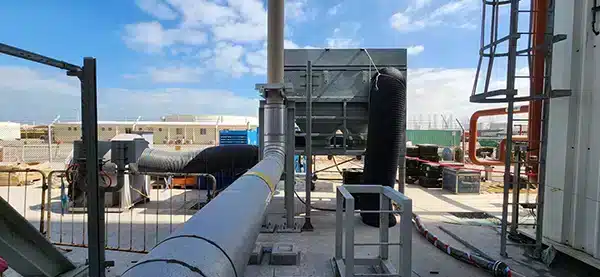
High-Temperature Gas Turbine Corrosion
High temperature gas turbine corrosion on unprotected casing surfaces causes wear and plugging. Protecting turbine components with high nobility cladding protects them from HT corrosion. This turbine’s upper and lower half casings suffered base metal spalling challenges with a total affected area of more than 26m2 .
Turbine Surface Preparation and Blasting
The initial condition of the turbine components was acceptable. Pitting was discovered on the upper half casing after clean blasting. Minor pencil grinding was required for the upper half casing substrate to comply with IGS’ surface acceptance criteria. No additional grinding was required on the upper half casing and lower half casing and upper half casing as the initial blasting application by IGS was sufficient surface preparation for HVTS application.
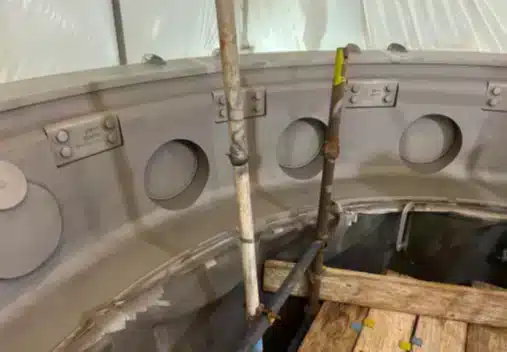
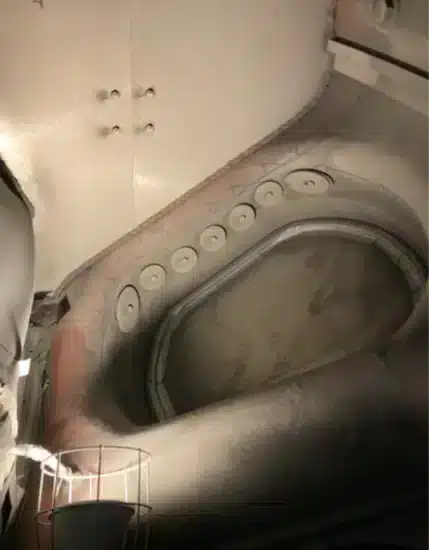
Ventilation and Chromium-6 Filtration
In compliance with the IGS Hexavalent Chromium Exposure Control Plan, the company utilized radial fans with ClearStream filtration systems containing a HEPA filter in the upper half and lower half enclosures that provided adequate ventilation. IGS installed and used special hexavalent contamination booths and protocols throughout the project execution to reduce the risk of external contamination within the work area.
IGS vacuumed and removed all hazardous material into drums for disposals. Used filters were placed in 6 hazmat filter bag modules and stored in the same location as the barrels containing the hazardous waste. Hexavalent Chromium measurements were taken at the ducting outlet of the upper half and lower half enclosure.
HVTS Application
The High Velocity Thermal Spray (HVTS) process included true high velocity application using IGS’s proprietary Metalspray Low Stress equipment. This cutting-edge technology allowed IGS to apply cladding with much greater density and decreased permeability, while keeping internal cladding stresses low.
IGS achieved the smallest possible thermal spray particle sizes and applied them in as dense a pattern as possible. This type of application increases the distance of pathways leading from the surface of the thermal spray to the substrate beneath. Permeation levels were virtually eliminated and erosion resistance increased.
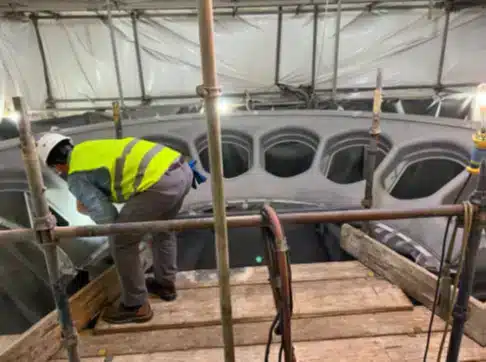
Project Conclusion
The project was executed successfully without any major issues or concerns. The gas turbine is now protected from oxidation, significantly reducing any future recurring maintenance costs.
IGS Experience
IGS HVTS cladding technology is installed in-situ to protect the internal surfaces (shell and nozzles) of mission critical equipment against aggressive corrosion or erosion, thereby substantially reducing the total life cycle costs of equipment operation at upstream and downstreamoil and gas facilities in the Middle East and throughout the world.
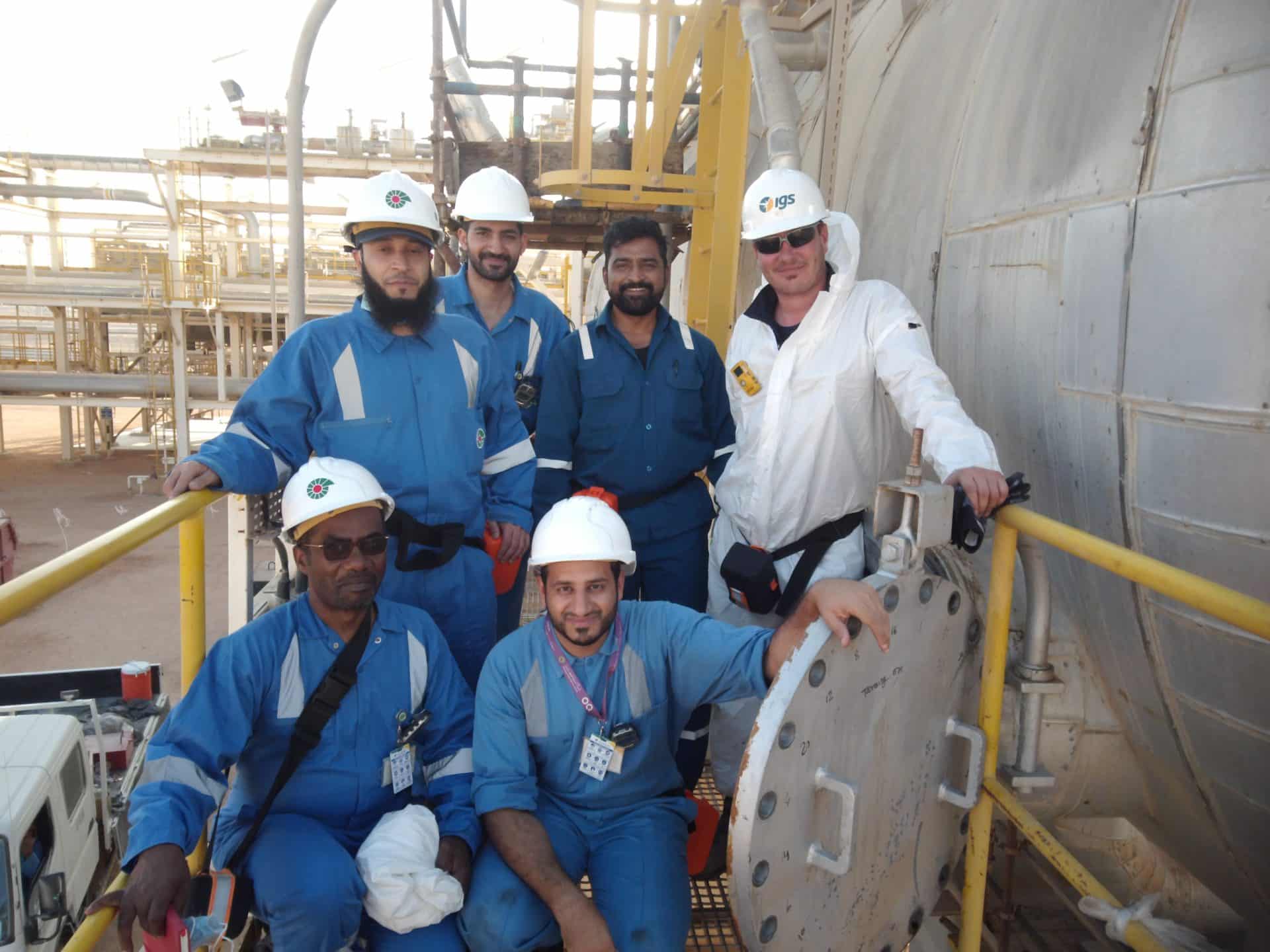
Free consultation with an IGS Subject Matter Expert
IGS is here to provide information, answer questions and create an effective solution for your needs.

